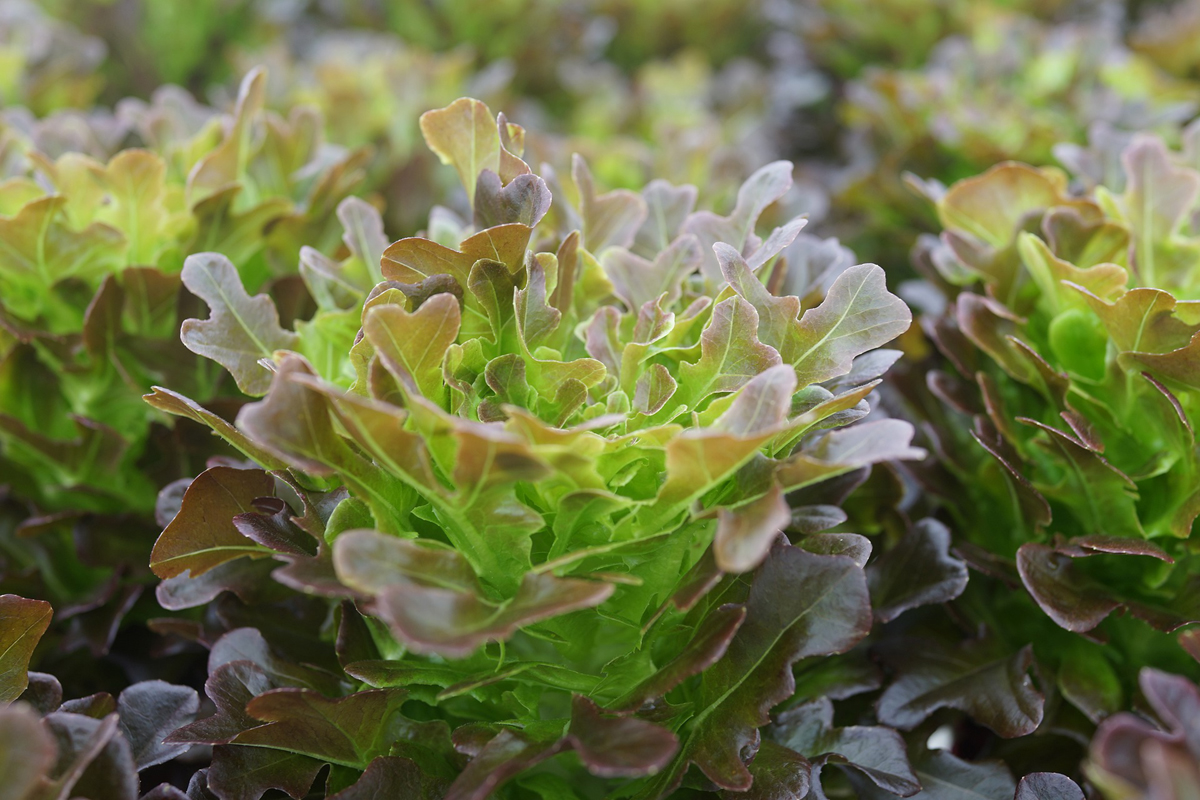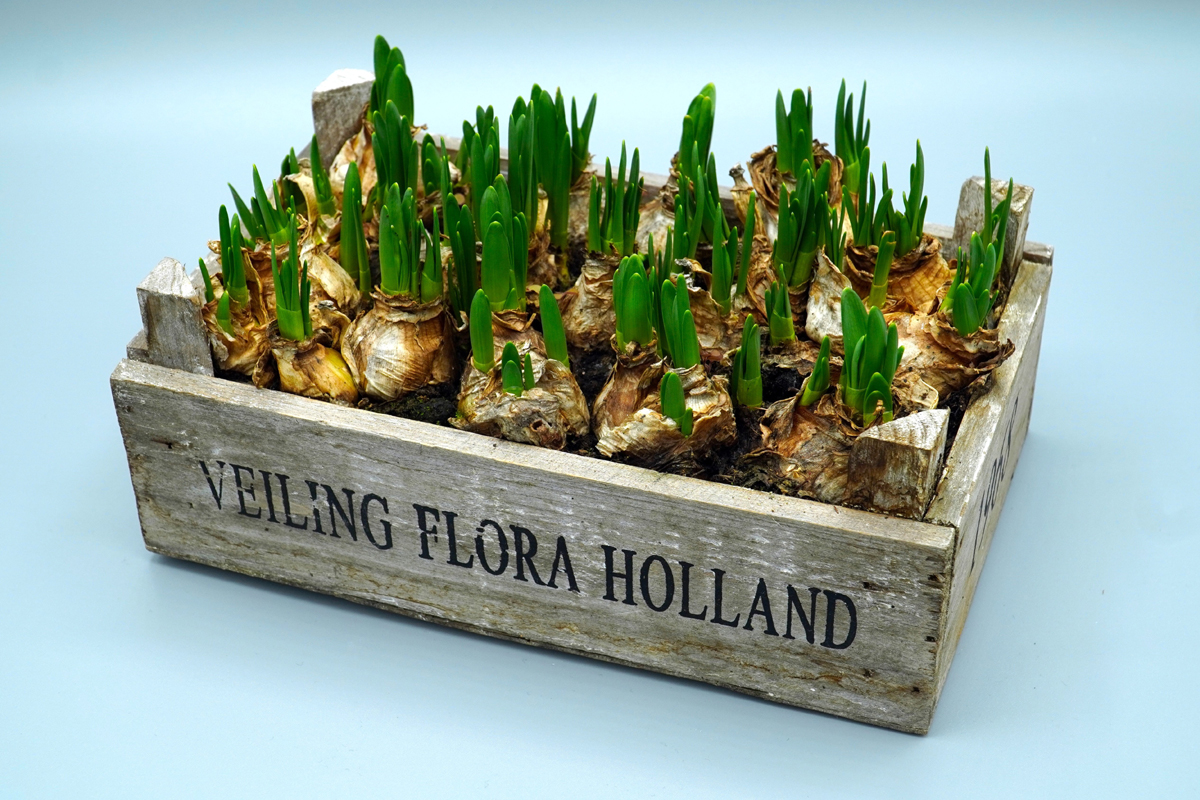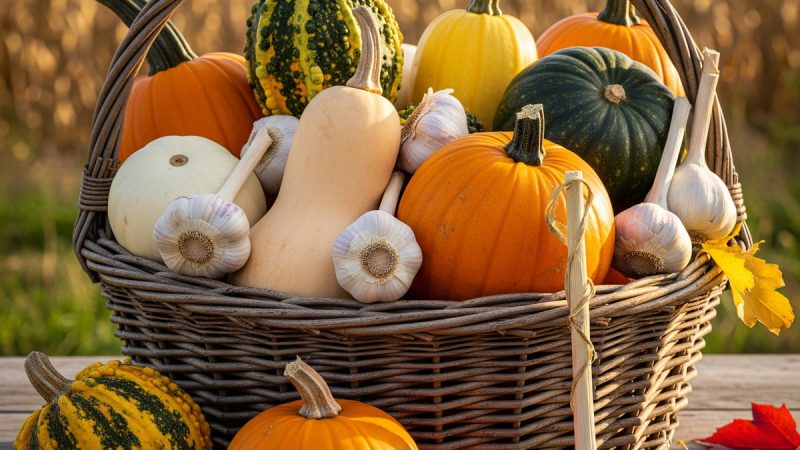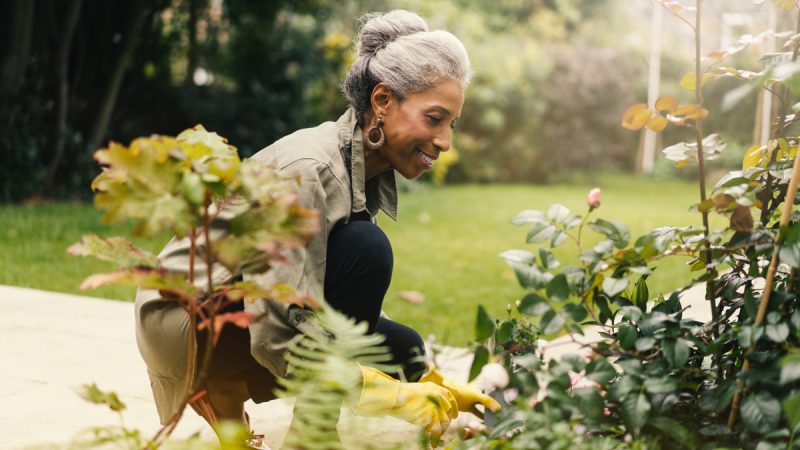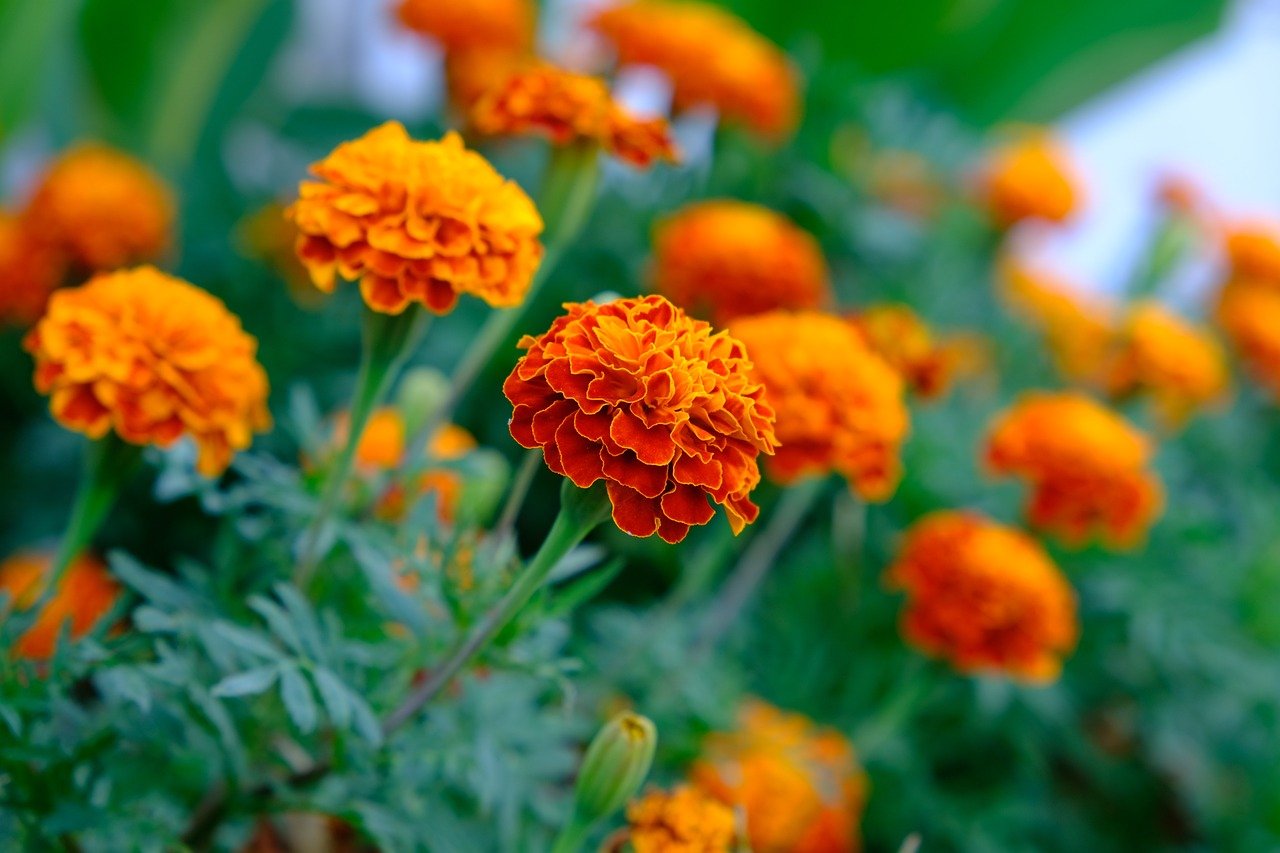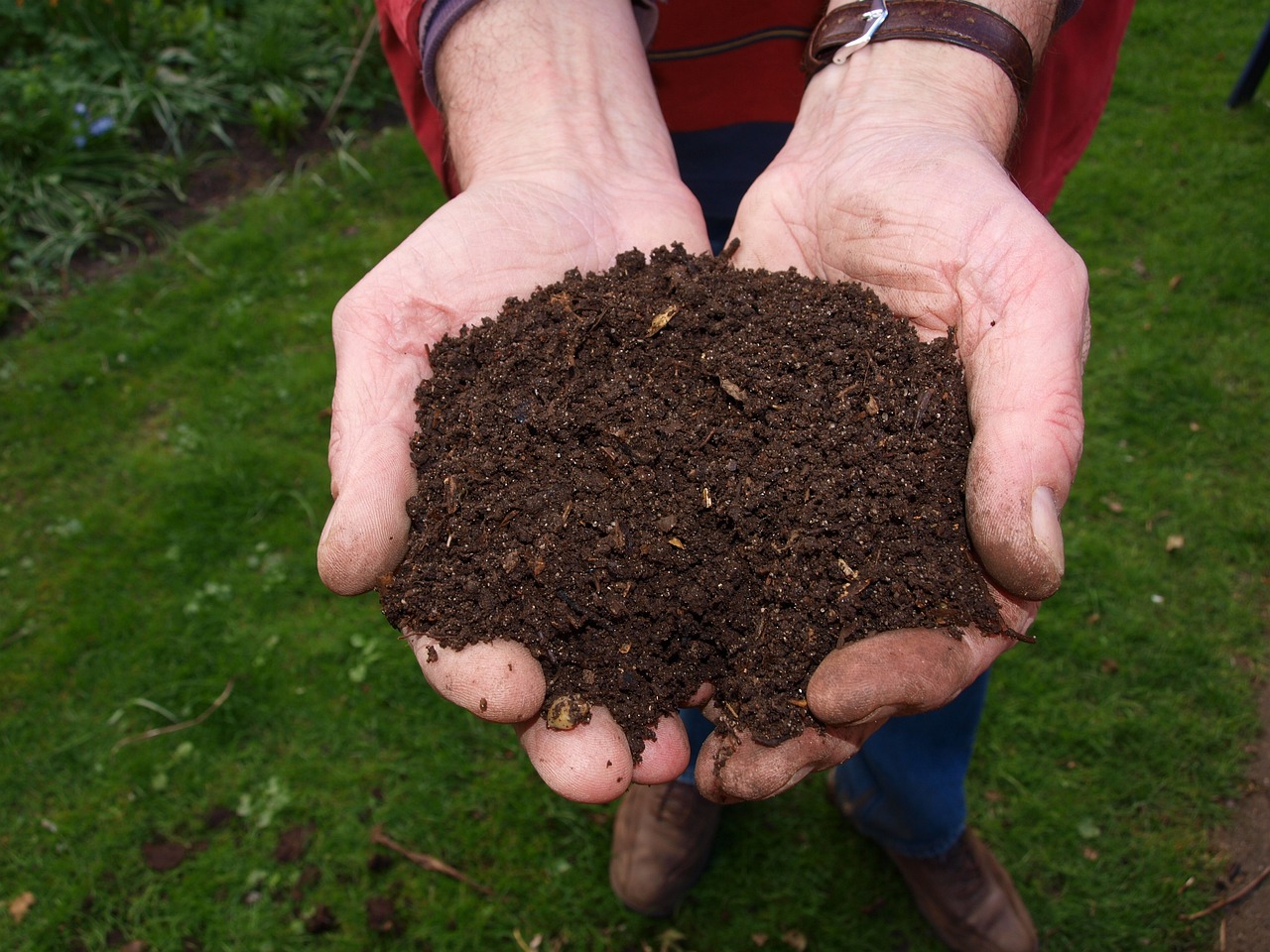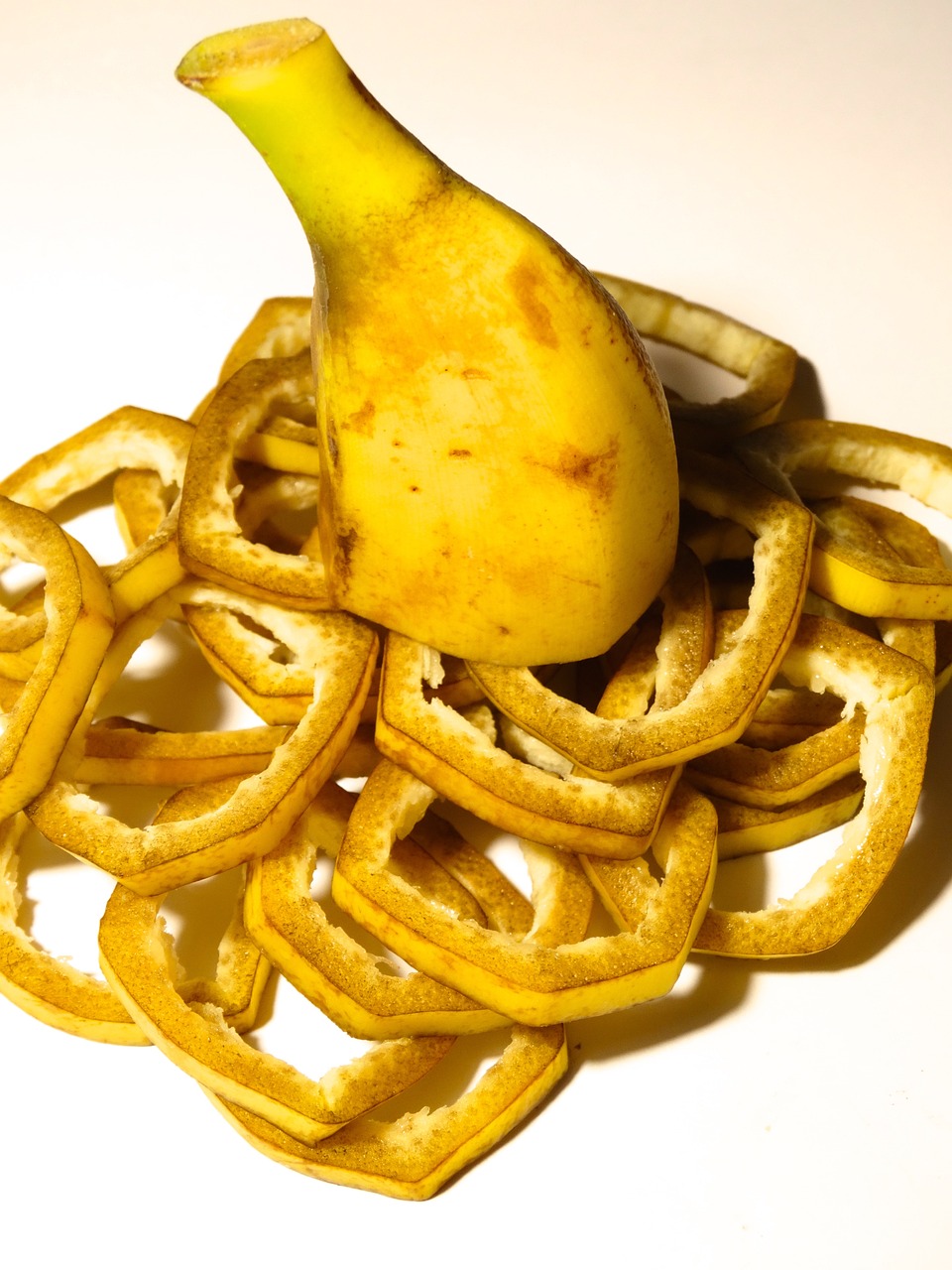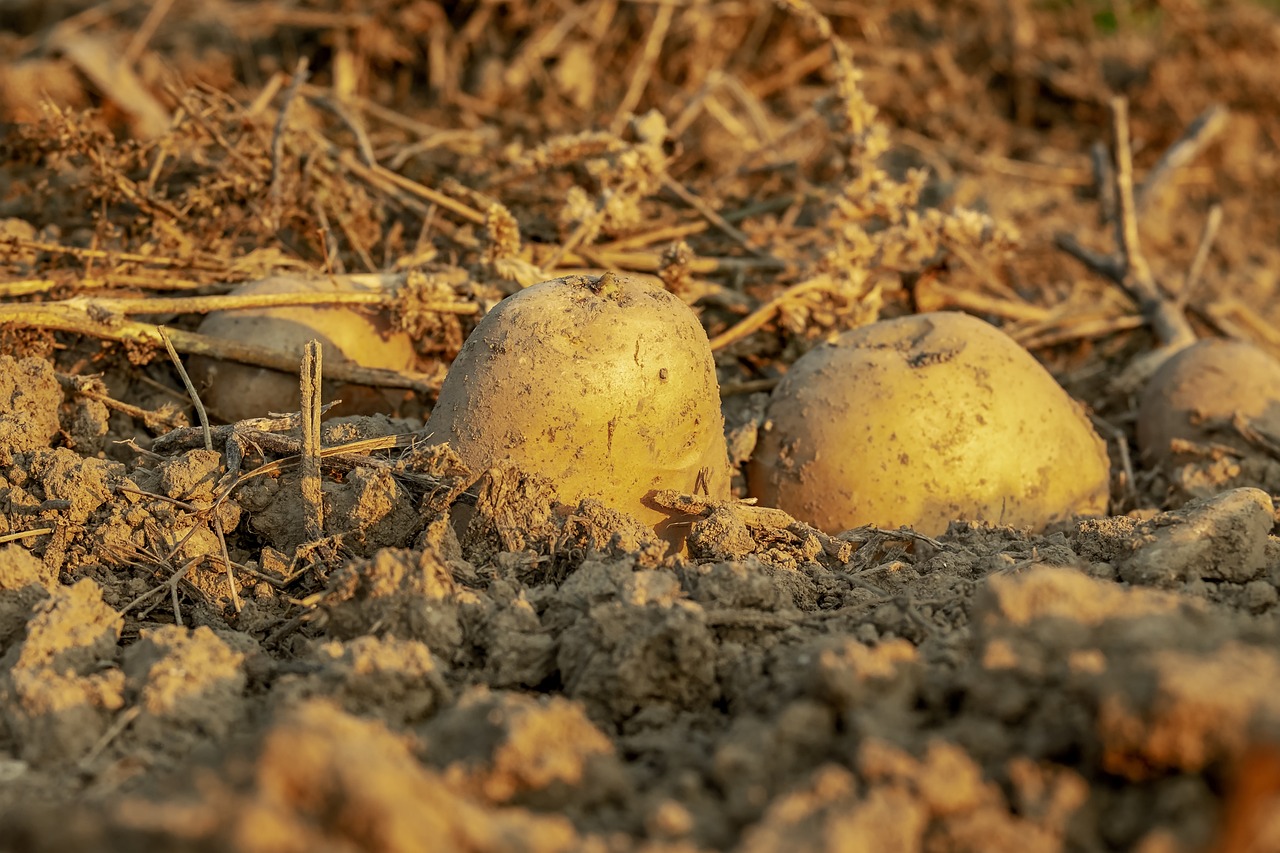Preparing a Vegetable Plot
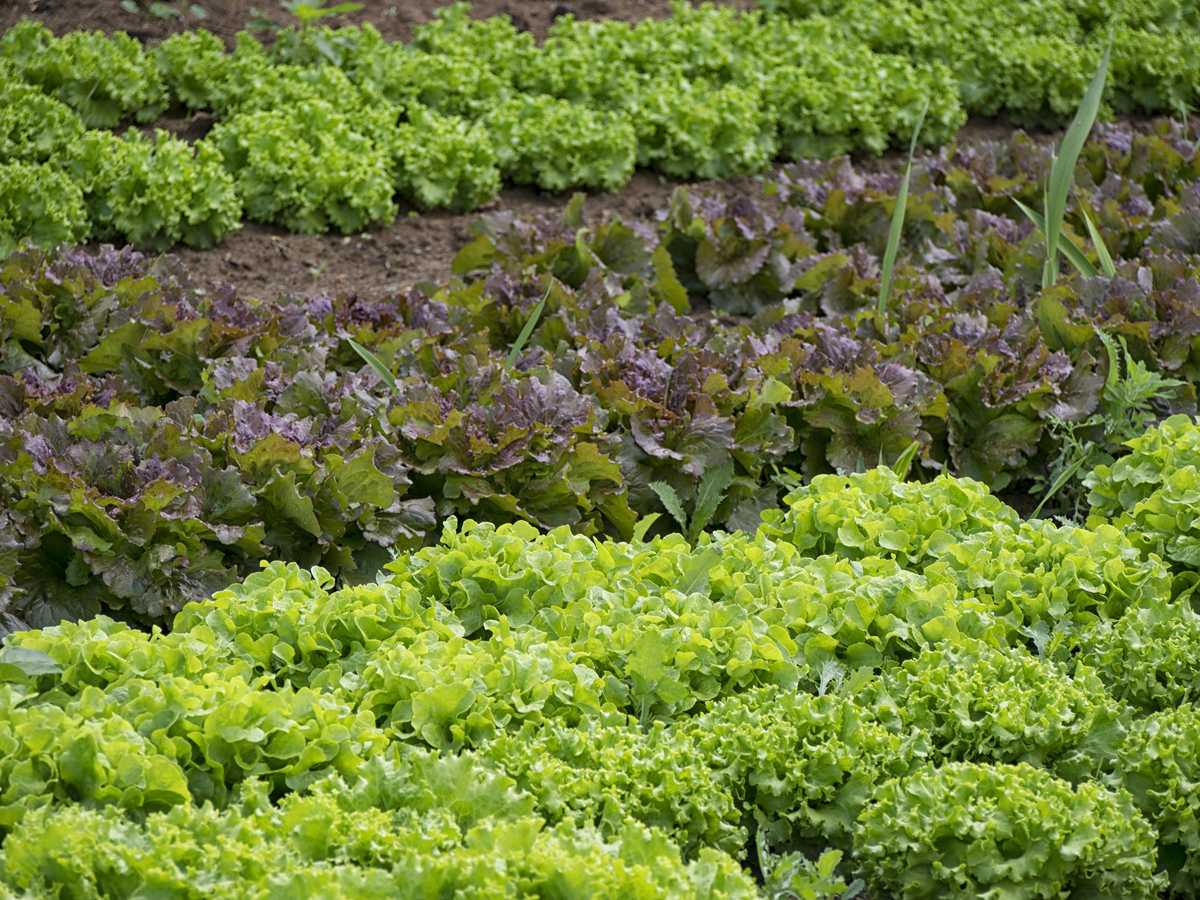
Once you have decided on the best position for your vegetable plot and how you are going to grow them, be it in raised beds, containers or on open ground, there are a few jobs you need to do before you can start growing. The amount of preparation you will need to do will depend on the type of vegetable plot you want to create. A plot of raised beds for example will require a bit more preparation as the beds will need to be constructed. But even if you are developing an existing plot, good preparation is the key to getting the best out your vegetables.
Layout of The Plot
You will need to decide how you want your vegetable plot to look. That will depend on how serious you are about you vegetables – do you want to produce as much as possible in the space you have or is the plot to be mostly decorative, growing only a few choice vegetables for the table. Consider the style of the rest of your garden and decide on whether you want the plot to reflect that overall style or whether it will stand separate on its own. A traditional vegetable plot is usually designed around neat rows of vegetables in an informal setting, with wigwams of peas and beans dotted around the site. A more formal vegetable garden would be designed around square or rectangular shaped beds with neat edges and regimented blocks of vegetables.
Weeding
It is essential that a new vegetable patch is as weed free as possible and this can be quite labour intensive. There really is no substitute to removing weeds by hand but there are instances where you may need a bit of help. If your plot is very overgrown with brambles, nettles and other stubborn weeds, it might be worth getting hold of a strimmer to take down the weeds to a manageable height where you can then attack them with a fork. Another effective way of dealing with weeds is to cover the whole area in a heavy-duty plastic liner. This will deprive the weeds of light and moisture and weaken them. This can be quite a slow process so consider doing it at the start of winter when it can be left for a few months. Even when you have established your vegetable plot, it is important to keep on top of weeds as they will leech nutrients and moisture out of the soil and compete with your precious vegetables.
Digging and Improving The Soil
Once you have removed all the weeds you will need to prepare the soil by digging and improving it. Single digging is a good way of maintaining the condition of your soil and should be carried out once a year. Make sure the soil is quite dry before you start digging. If it is too wet it will be difficult to work and far more labor intensive than it need be. You should dig a trench at one edge of your plot and remove the soil to the opposite end of the plot. Fill in the trench with well rotted manure or compost. As a general rule, use one bucket full organic matter to each square metre of soil. Dig a second trench and place the soil from that into the first trench. Repeat the process until you reach the opposite end of your plot, using the soil from the first trench to fill in the last.
Compost
If you are serious about growing vegetables it is a good idea to produce your own compost. Composting is essentially about gathering waste organic matter and allowing it to breakdown naturally to make an organic soil conditioner. It is generally best to have two compost bins, one to be rotting down while you use the other. You can make you own compost bins out of wood or buy plastic compost bins from the garden centre.
Watering
Vegetables need a lot of water, especially if they are grown in garden planters or when they are fruiting, so having access to a ready supply of water on your vegetable plot is essential. If you don’t have a tap on site then make sure you have access to the nearest outside tap via a hose. It is also a good idea to position as many water butts around the site as you can to catch rainwater. Digging in plenty of organic matter into the soil will also help with drainage and a good mulch of manure or compost around each plant will not only help improve soil condition but also stop water evaporating from the soil.
The Author:
Jo Poultney is one of two people behind Garden Planters. I have an RHS general certificate in horticulture.

